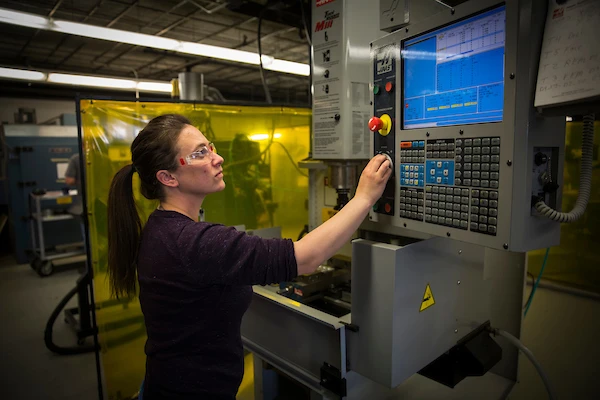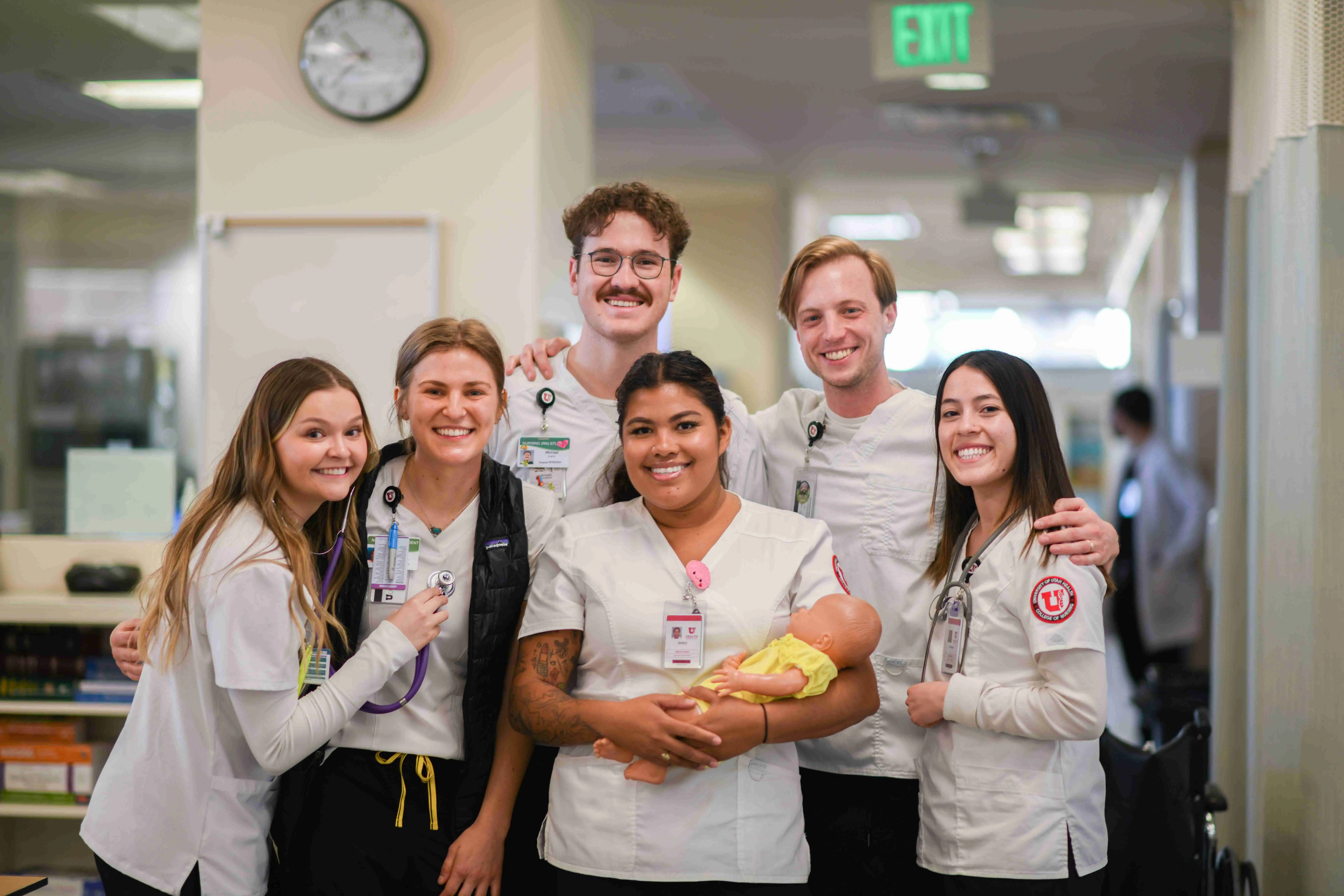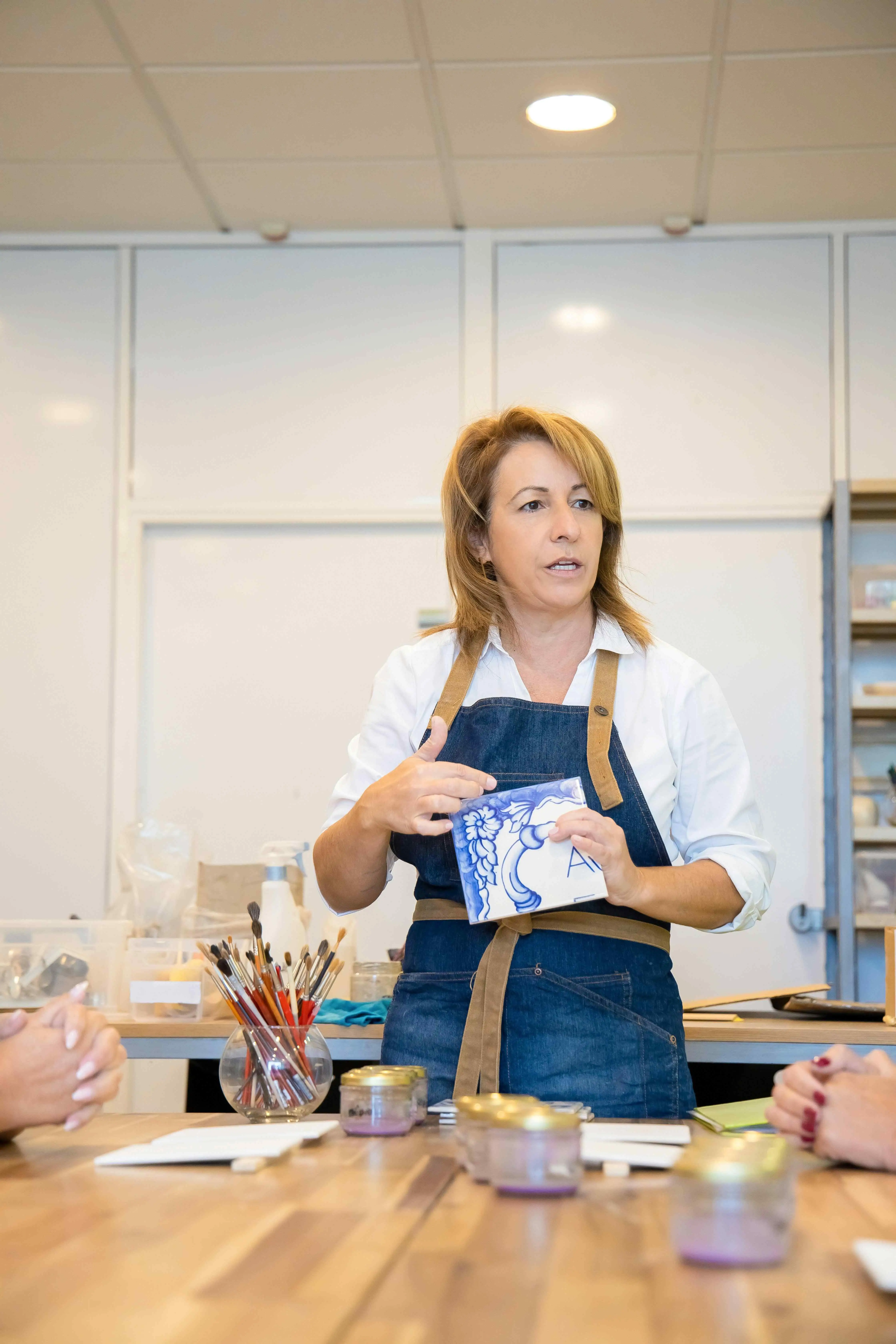A Guide To Experiential Learning, Internships, Capstones, and Practicums

In today’s competitive job market, employers expect university graduates to be immediately productive without much additional training on the job. This means that it is essential for students to gain valuable experience while they are in the process of pursuing their degrees. However, it can sometimes be unclear how to interpret the differences between the types of practical experiences available to students. Understanding these differences can help students and corporate partners to make informed decisions about their educational and workforce development.
This article will explore the characteristics of experiential learning, internships, capstones, and practicums. We will also examine how corporate partners can utilize these opportunities to advance their organizational goals through partnerships with universities.
“I hear and I forget. I see and I remember. I do and I understand." – Confucius
Experiential Learning
Experiential Learning theory, developed by David A. Kolb is a widely used framework “that describes how people learn through experiences.” Students are given opportunities to apply the knowledge they learn within the classroom, to real-life situations. Afterward, these learners are then encouraged to reflect upon these experiences, which fosters active learning and improved recall. The next step in this learning cycle is for the student to “reach conclusions and form theories,” that can be tested with feedback or active experimentation. The hallmarks of experiential learning are represented at each stage in the student’s experience within the University of Utah’s UOnline programs.
“Being actively involved in an experience, reflecting on the experience, conceptualizing the experience, and using what you have learned to make decisions and problem solve in order to apply new ideas gained from the experience.” - David Kolb
Experiential learning can be represented in a variety of ways and may be called something different in different settings. It can even be confusing to students and community partners, as to what those differences might be. Some of the ways that you may see it represented in a college setting include internships, practicums, capstones, and portfolios.
Internships

Internships are opportunities that grant students or recent graduates the ability to work within a professional environment that is aligned with their field of study. These experiences are often short-term, can be full- or part-time, and can be paid or unpaid. Some internships even give academic credit and often take place later during the student’s program. Internships enable students to apply classroom knowledge to the real world and get valuable experience in their chosen career path. Many academic programs encourage their students to engage in internships during or after completion of the program. These can include summer internships, or internships that align with the academic year.
Crimson Projects leverages company SMEs as mentors, who interface with assembled student teams, coaching them through a given project. The company benefits from the outcomes but also witness first-hand the work performed by each student, including team dynamics and collaboration.
Crimson Projects is a unique program and differs from other types of experiential learning opportunities, as students are grouped into teams based on their skills, interests, and learning objectives, and each team is mentored by industry professionals. Crimson Projects provides University of Utah students with the opportunity to engage in hands-on, real-world projects through experiential learning. This exceptional program focuses on guiding students toward specific learning objectives while addressing the unique needs of the partnering companies.
Practicums

Practicums differ from internships in the sense that they are a requirement for some degrees like social work, healthcare, and education. Sometimes called clinical placements or fieldwork, practicums are immersive, supervised learning experiences that help students develop the skills and competencies required for their degree. These experiences are often longer than internships, tend to occur during the student’s program, and are generally unpaid. Most University of Utah healthcare-related graduate degrees will require some form of practicum experience. Examples of these programs include Doctorate of Physical Therapy, Gerontology, Nursing Informatics, and other nursing programs.
"In the Nursing Informatics program, students have a single practicum experience, their capstone project that takes place over the last two semesters of their program." -Christopher Ian Macintosh, Director of Nursing Informatics Specialty Track
Social work students are also required to complete practicum experience while they are working on both their graduate degree and undergrad. This transformational learning experience is critical in helping students practice, develop, and apply the skills they learn in the classroom.
“Social Work field education or ‘practicum’ is an integral part of social work education, representing the intersection of classroom didactics and ‘real-world’ social work practice. Fostering a supervised evidence‐informed practice experience within a competency‐based educational framework is central to the University of Utah’s MSW field education curriculum.”
Capstones and Portfolios
Capstones are research papers or projects, that represent a culmination of the student’s academic journey within the final year of study. These projects require the student to demonstrate the knowledge and skills they have developed throughout their education and oftentimes address challenges or complex issues occurring in their field.
A portfolio is a digital or physical representation of the body of work that a student has created during their time at the university. The work within the portfolio should be the student’s best work and highlight their abilities as well as how it translates into the workforce.
The Master of Teaching Fine Arts( MATFA) is a great example of how a portfolio is used to demonstrate what the student has learned, and how that translates into their career path.

What These Experiences Mean for Students
- Diverse skill set: Experiential learning allows students the opportunity to fine-tune their skills through experiences and promotes adaptability and the ability to problem-solve.
- Career exploration: Each type of experiential learning activity allows students to get a deeper look into their chosen career path.
- Mastery of skills: Internships, practicums, capstones, and portfolios focus on skill development and making sure that students are prepared for their chosen profession.
What these opportunities mean for Corporate Partners
- Talent pipeline: When businesses partner with the University of Utah for internships and practicums.
- Unique perspectives: Student participants often bring different ways of looking at things, encouraging innovation.
- Community engagement: Supporting higher education experiences demonstrates social responsibility and investment in the community.
Internships, practicums, and capstones each play an important part in the education and career development of students. So much so, that experiential learning opportunities are common within multiple programs. Understanding the differences can help students and corporate partners make informed decisions as they navigate their choices. Participation in these experiences is meaningful for the students, while corporate partners gain access to motivated and skilled individuals eager to contribute to their organizations.
To learn more about how your organization can partner with UOnline programs, please feel free to email us at uonlineexperiences@utah.edu
